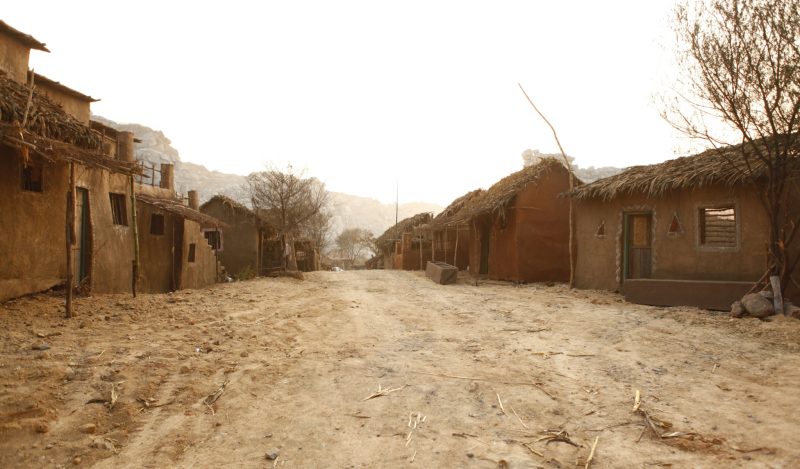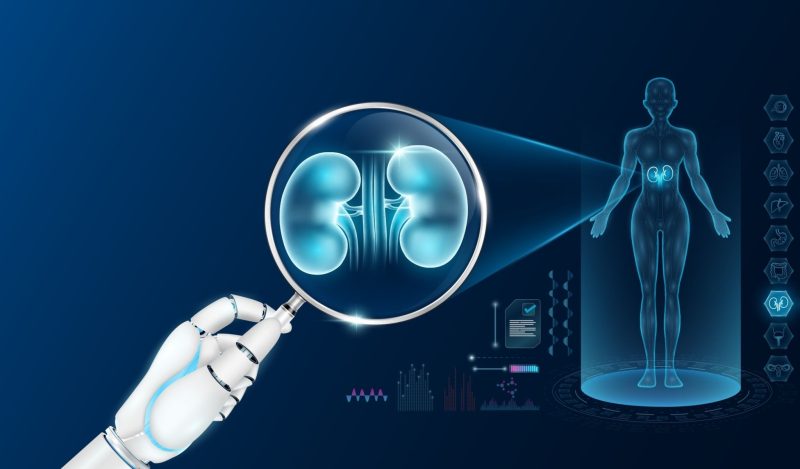Prairie voles were not meant to go through life alone. For those who have not had the privilege of meeting one, a prairie vole is a diminutive rodent autochthonous to the grasslands of the central parts of North America and best characterized as wrong-looking gerbils with rambunctious souls. A favorite snack of coyotes, hawks, and countless other wild creatures, the prairie vole is also beloved by ethologists and neuroscientists. Due to their engagement in behaviors generally considered rare in mammals – namely social monogamy and biparental care – they are considered excellent model organisms for those interested in the biology of social behavior.
For years researchers studied prairie voles to better understand the neural and endocrine mechanisms that influence these behaviors. With time, some eventually came to ask what would happen if you took one of these highly social rodents and housed it in isolation.
What behavioral and physiological effects would this have on a prairie vole? How much could be extrapolated from such experiments with regard to humans? What would the results mean for the friendless child? The middle-aged adult struggling to connect in a world where disconnection is the norm? The widow or widower? The forgotten senior?
When researchers carried out social isolation experiments on prairie voles, the results were telling, but not surprising. In short, these social animals appeared to find life in isolation rather stressful. Across numerous experiments, prairie voles housed in isolation, as opposed to in the company of a mate or even a same-sex sibling, have exhibited behavioral signs of anxiety and depression, dysregulated stress systems, and abnormal cardiovascular functioning. Sometimes they exhibited signs of immune system dysfunction too. My own contribution to this line of work suggested they may also exhibit perturbations to their metabolomes and gut microbiomes indicative of pre-diabetes or Type 2 diabetes as well.
In humans, we tend to see similar patterns, although interpreting data from people on the health consequences of social isolation tends to be a bit trickier than interpreting animal data. Isolating people for extended periods has generally been considered unethical for obvious reasons thus precluding proper experiments. Also, for humans, there is an important distinction between objective states of social isolation and subjective experiences of loneliness.
A person living alone in the woods who goes into town once per month for interactions they find meaningful may be less lonely than a person living in a major city who goes into an office every day where he feels alienated from those around them. Nonetheless, lonely humans have been shown to be at an increased risk of depression and anxiety, coronary heart disease and stroke, and Type 2 diabetes. In general, they tend to be at a higher risk of early death.
The reason we see these pathologies in isolated prairie voles and lonely humans is in some ways simple, although simultaneously complex. For social mammals (and probably other social animals), social isolation is likely experienced as a threat to survival at a neurophysiological level. This leads to a stress response. Hence, if sustained, prolonged social isolation can be considered a form of chronic stress, which can take a greater toll on an individual than if the threat or the stressor lasted only a short duration.
To provide a fuller picture of this process, stress in mammals works through two systems: the hypothalamic-pituitary-adrenocortical (HPA) axis and the sympathetic nervous system. In regard to the former, parts of the brain involved in higher cognitive functioning and threat assessment, including the prefrontal cortex and portions of the limbic system such as the amygdala and hippocampus, send inputs to another part of the brain, the hypothalamus, which plays a major role in the regulation of the endocrine system.
In response to perceived threats or various stressors, the hypothalamus releases corticotropin-releasing hormone (CRH), which stimulates the release of adrenocorticotropic hormone (ACTH) by the pituitary gland. ACTH then acts on the adrenal glands, which, in turn, release a glucocorticoid hormone: cortisol in humans, corticosterone in prairie voles.
This glucocorticoid hormone then influences numerous physiological functions, including those related to an organism’s metabolism and cardiovascular system. Glucocorticoid hormones also provide an important negative feedback mechanism to suppress the release of CRH and ACTCH by acting on the hippocampus, hypothalamus, and pituitary.
With regard to the sympathetic nervous system, this system also works, in part, by acting on the adrenal glands, stimulating the release of epinephrine and ultimately yielding physiological effects generally associated with the fight-or-flight response such as elevated heart rate and increased blood glucose levels. In healthy individuals, the activity of the sympathetic nervous system is in some ways kept in check by the related parasympathetic nervous system.
Chronic stress, however, can disrupt the functioning of these stress response systems. Negative feedback mechanisms for the HPA axis may become less efficient. The elevation of glucocorticoid levels may result in glucocorticoid resistance. Among other consequences, immune cells that normally suppress the activity of proinflammatory genes lose their ability to do this as well as they normally would. Consequently, there is an increase in inflammatory processes that play a role in things like Type 2 diabetes, atherosclerosis, neurodegeneration, and cancer.
Similarly, sympathetic nervous system activity can become consistently elevated. Parasympathetic activity is reduced. In socially isolated prairie voles, sympathetic responses such as increased heart rate following exposure to additional stressors beyond isolation can be even higher and longer-lasting than in paired animals. Moreover, there is some indication that isolated prairie voles may lose their ability to distinguish between stressful and non-stressful environments.
Making matters worse, at least for the isolated and the lonely, in social mammals social interactions can likely attenuate the impact of other stressors, presumably through the actions of a neurohormone known as oxytocin. In various experiments, oxytocin has been shown to modulate neuroendocrine and cardiovascular activity, increase parasympathetic control of the heart, and possess anti-inflammatory properties.
In other words, oxytocin can counteract or rein in dysregulated stress response systems. However, for an isolated or lonely individual, experiences of an additional stressor beyond their isolation presumably will put them in the position of not only experiencing an additional source of stress, but also of being less capable of coping with it than they would have been if they were not alone.
According to some models of disease, the effects of multiple stressors can be cumulative, with increased stressors leading to increased risk of conditions ranging from depression to cancer. Presumably, experiencing them in isolation does not help one’s chances of staving off those ills.
Academically, scientifically, and medically, understanding this has raised all sorts of interesting questions regarding how an individual’s lifestyle, job, or living situation may influence their overall health or risk for a particular disease. It has raised questions regarding what the presence of strong social connections in one’s life may mean for their risk of certain fates. It has raised questions of what the absence of such social connections may mean for the friendless child. The middle-aged adult struggling to connect in a world where disconnection is the norm. The widow or widower. The forgotten senior.
Yet, given all that took place during the Pandemic Era, understanding the relationship between stress, loneliness, and social connection also raises questions somewhat unique to this point in history.
What were the cumulative health effects of encouraging, coercing, and forcing large populations into states of prolonged social isolation while simultaneously instilling in them intense fear and inflicting upon them economic uncertainty and hardship? What will the long-term effects of this be? And how could our public health experts not have considered that doing this to a social mammal might have been bad for their health?
Given their failure in this regard, one can only hope that before the next pandemic, some of our public health experts may get to know a prairie vole.
Published under a Creative Commons Attribution 4.0 International License
For reprints, please set the canonical link back to the original Brownstone Institute Article and Author.









